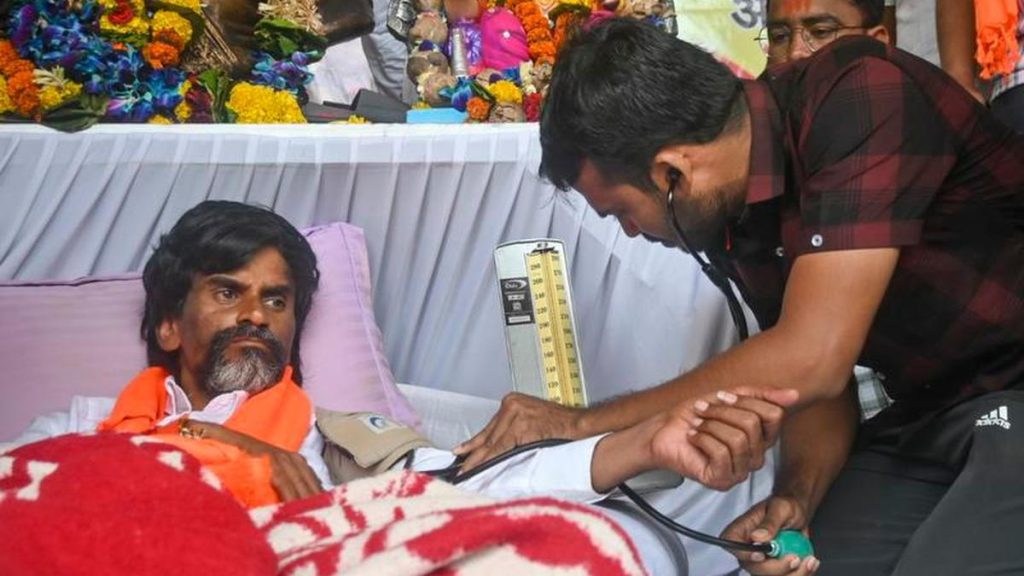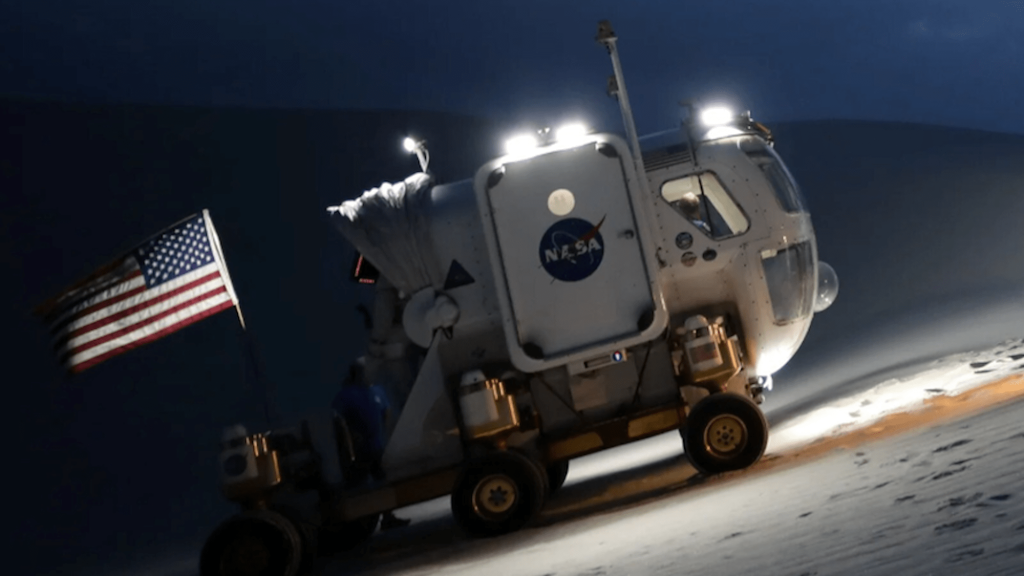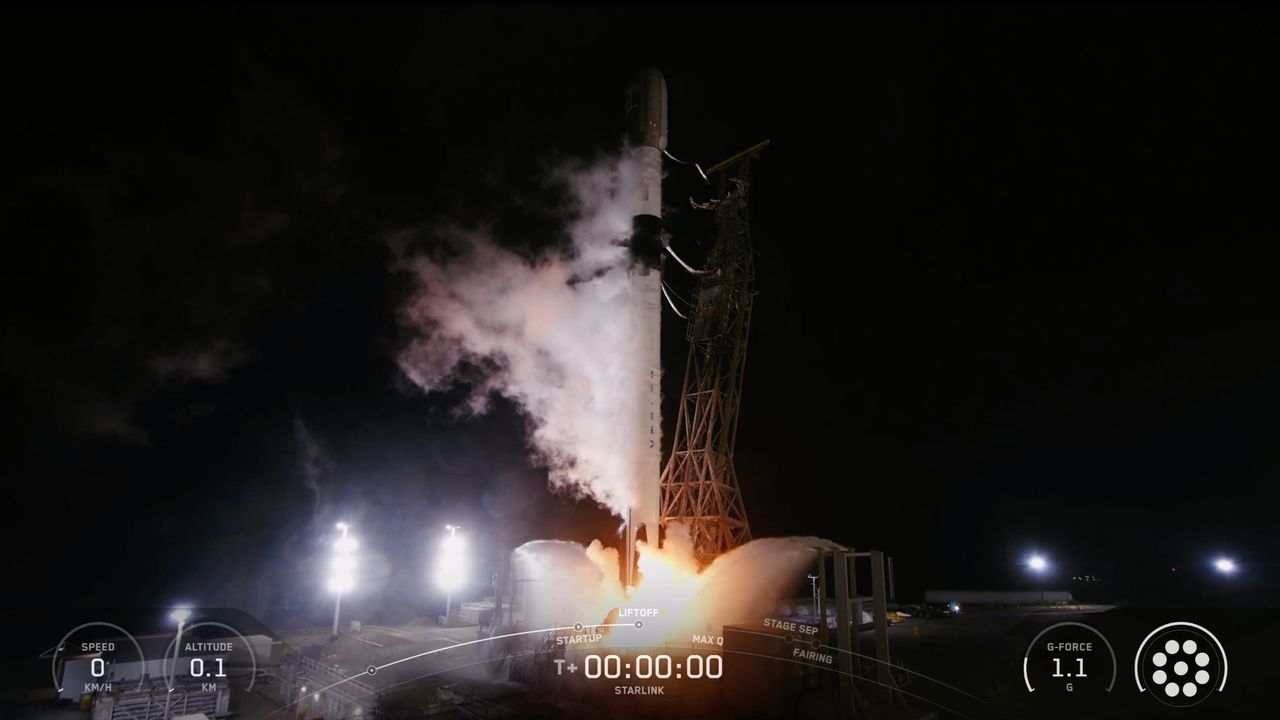Now Reading: Interstellar Comet 3I/ATLAS to Pass Mars Soon, Europe’s Orbiters Set for Study
-
01
Interstellar Comet 3I/ATLAS to Pass Mars Soon, Europe’s Orbiters Set for Study
Interstellar Comet 3I/ATLAS to Pass Mars Soon, Europe’s Orbiters Set for Study

Fast Summary
- The European Space Agency (ESA) is preparing to study interstellar comet 3I/ATLAS closely as it approaches Mars on October 3, 2025.
- This comet, discovered on July 1, 2025, will come within approximately 18.6 million miles (30 million kilometers) of Mars but remain much farther from Earth at 168 million miles (270 million kilometers).
- ESA plans observations using Mars Express and the ExoMars Trace Gas Orbiter, featuring imaging systems like HRSC and CaSSIS to analyze its shape and composition.
- Additional attempts will include spectral measurements for molecular signatures like water vapor or organics through instruments NOMAD, OMEGA, and SPICAM aboard these orbiters.
- NASA’s MAVEN and MRO spacecraft in Mars orbit could also be repurposed for this observation.China’s Tianwen-1 orbiter may join efforts with its comparable capabilities.
- Beyond Mars-centered studies, ESA’s JUICE spacecraft aims to observe the object starting November 2025 despite thermal limitations during operations.
- Observations have already begun closer to Earth with NASA’s James Webb Space Telescope yielding promising initial data about the comet.
!Image of Comet
An image of interstellar comet 3I/ATLAS taken by the Hubble Space Telescope
!Mars Express Illustration
An illustration of the Mars Express spacecraft.
Indian Opinion Analysis
The planned studies of interstellar object 3I/ATLAS represent a critically important milestone in space exploration as scientists aim to uncover details about objects originating from outside our solar system. India’s own space capabilities-such as ISRO’s Chandrayaan and Mangalyaan missions-highlight how nations are increasingly contributing toward planetary science efforts akin to those outlined here. While cooperative global endeavors such as those led by ESA shine light on cross-nation collaboration opportunities in advanced astronomy research.
For India specifically, observing global developments around planetary science enhances prospects for participating more prominently on shared missions or expanding expertise into deep-space observational platforms. Lessons from studying interstellar comets can inform future mission designs domestically while strengthening India’s role among leading contributors in extraterrestrial-exploration discourses globally.
























